Fueling Transition or Feeding Controversy?
Fueling Transition or Feeding Controversy?
By Mehmet Enes Beşer
As ASEAN countries race along their pursuit of cleaner, diversified energy systems, biofuels are a politically appealing, domestically sourced answer to rampant fossil fuel prices and greenhouse gas emissions. From Indonesia’s massive palm oil plantations to Thailand’s cassava fields that churn out ethanol, the region is blessed with biomass resources theoretically suitable for conversion into renewable energy. Policy also sells the twin commodities of rural prosperity and energy security—particularly in an economy where transport is the fastest-growing source of carbon emissions. But underlying the emerald sheen of independence is a more muted reality: one where climate, food security, and land use trade-offs are still being dealt with insufficiently, and where the long-term viability of biofuel aspirations is far from guaranteed.
The ASEAN energy picture is one of stark contrast between ambition and dependence. ASEAN has theoretically embraced energy diversification—with targets for renewable energy, efficiency, and electrification—but its de facto energy structure continues to be dominated by fossil fuels, with the top two being coal and oil. Transport alone accounts for perhaps a third of final energy use in ASEAN, fueled by oil imports. Biofuels have thus been promoted as a way of moderating this dependence. Their role is, nonetheless, complex in the area, depending on local resource availability, policy encouragement, and global market forces.
Indonesia leads the way, both in volume and controversy. The country boasts one of the strongest biodiesel blending mandates globally, with the target being a 35% biodiesel (B35) blend and a near-term B40 target. The preferred feedstock is palm oil, supported by incentives and a state-subsidized fund (BPDPKS) redirecting export duties back to national producers. Whilst the policy has intensified household consumption, stabilized farm revenues, and reduced diesel imports, it also heightened examination on deforestation, land grabbing, and Indonesia’s general palm oil diplomacy. It is said to lock the nation into an unsustainable pattern of land use, threatening both its forest protection pledge and its global climate reputation.
Malaysia has followed the same path, with a B20 transport fuel mandate and intentions to progress to B30. As one of the world’s largest palm oil producers, Malaysia sees biofuels as a way of hedging export markets and diversifying local consumption. But, as in Indonesia, so too in Malaysia’s biofuel experience is good governance and the environment at the center of concerns. Traceability, smallholder integration, and lifecycle greenhouse gas emissions are all still wide open questions, as the country receives ever more disillusioned European markets for palm-based biofuels.
Thailand has adopted a diversified and possibly less controversial biofuel route. Biodiesel and ethanol are both promoted, based on cassava, sugarcane, and palm oil. Its Alternative Energy Development Plan (AEDP) targets 11.3 billion liters of biofuels by 2037. Thailand’s ethanol sector is less politicized compared to Indonesia and Malaysia, due in part to the fact that it is founded on surplus agricultural crop utilization and not monoculture plantation. Food-fuel competition issues still remain, with most of them occurring either during times of drought or price hikes in major crops.
The Philippines has also been thrown open to biofuels with its Biofuels Act of 2006, mandating a 10% ethanol and a 2% biodiesel blend with plenty of scope for growth. The industry has not fared as well, though, with supply gaps, importation of foreign feedstocks, and logistics bottlenecks. Sugarcane-based ethanol production has not grown as projected, and coconut-based biodiesel has not picked up demand. Thus, biofuel policy in the Philippines has been reactive, responding to price and supply rather than long-term planning.
Vietnam’s hope for biofuels has remained restricted. Although it demands use of an E5 ethanol blend, the use remains low due to a lack of public awareness, inadequate infrastructure, and uncompetitive prices. Absence of state support or subsidy on feedstocks has left Vietnam’s biofuel sector unable to gain ground despite Vietnam’s enormous biomass potential.
Cambodia, Laos, and Myanmar are all in their infancy, with biofuel activities being donor-funded or pilot-scale. Their bioenergy policies are more often spoken in terms of energy access and rural poverty alleviation, rather than fossil fuel substitution in large volumes. But they have one added challenge: developing biofuel policy from the ground up that is socially progressive and environmentally friendly, and not following in the footsteps of their larger neighbors’ mistakes.
What is unveiled throughout the region is that biofuel policy has little to do with energy—it has to do with land, regulation, and geopolitics. The irresponsible push for biodiesel in Indonesia and Malaysia has set ASEAN against the European market, where palm-based fuel is being phased out on the grounds that it is unsustainable. That has followed trade tensions, WTO complaints, and politicization of biofuel standards. ASEAN countries argue that the policy measures are tantamount to green protectionism, but its critics firmly believe that environmental protection is good and should not be given away. Small farmers and the environment are the losers in policy inconsistency in this game of tug-of-war.
Biofuels are still a part of ASEAN’s low-carbon future, however, if managed wisely. But only if there is a shift—away from volume targets towards sustainability outcomes. It involves placing second-generation biofuels made from waste biomass or non-food biomass over conventional crop-based fuels. It involves bringing biofuels closer to more harmonized land-use planning, food policy, and climate policy. It involves having regionally harmonized and transparent sustainability standards that can resist global pressure but work to drive inclusive growth.
ASEAN has the raw material, political will, and economic interest to be a trendsetter in sustainable bioenergy. But. Leadership will not come from blending requirements. It will come from seeing biofuels as not the magic bullet of energy independence, but as one piece in a rich, robust system where climate, equity, and resilience are worth more than acreage and yield. If ASEAN is able to do that, it may make the difference between biofuels as a bridging tool—or another regional development cautionary tale.



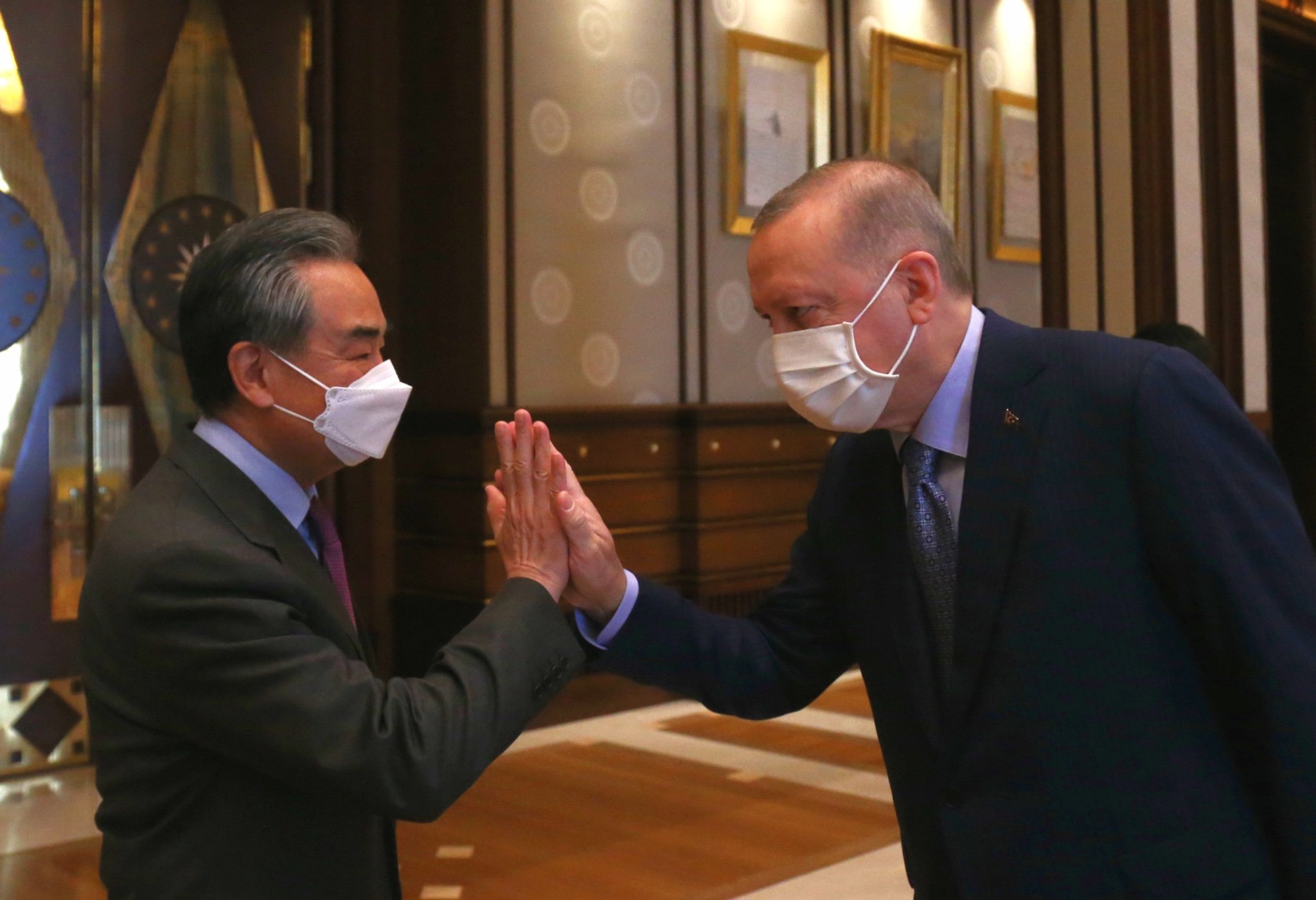



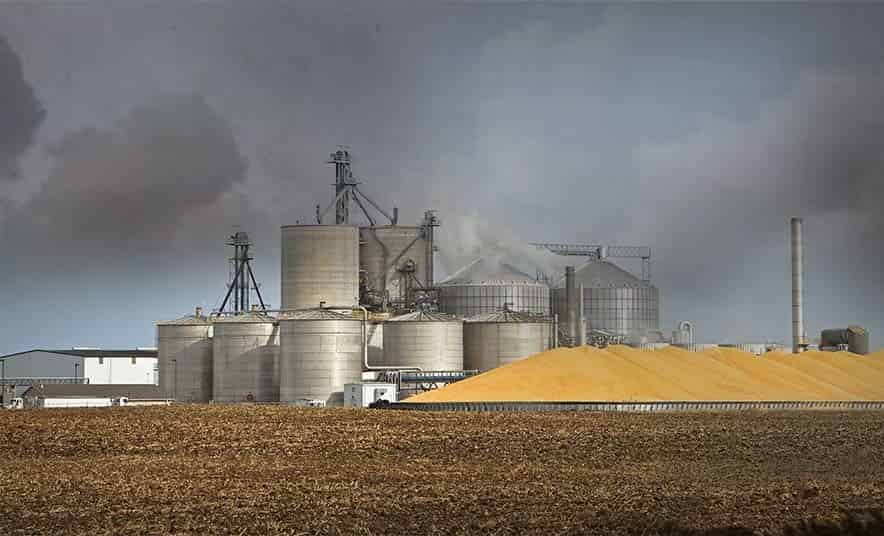


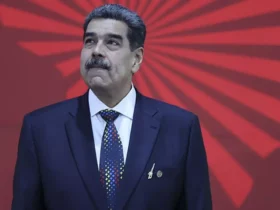
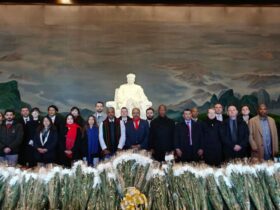
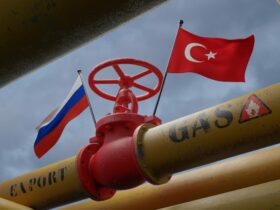
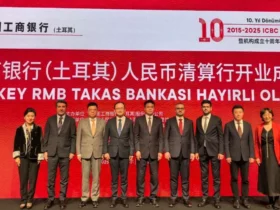


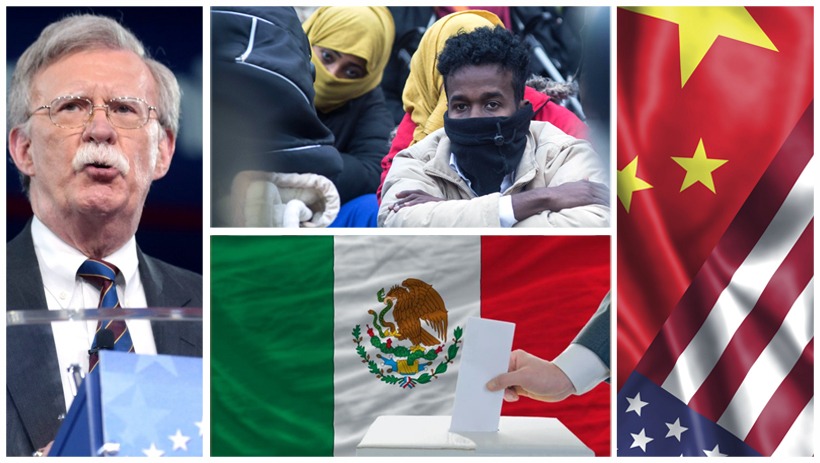
Leave a Reply